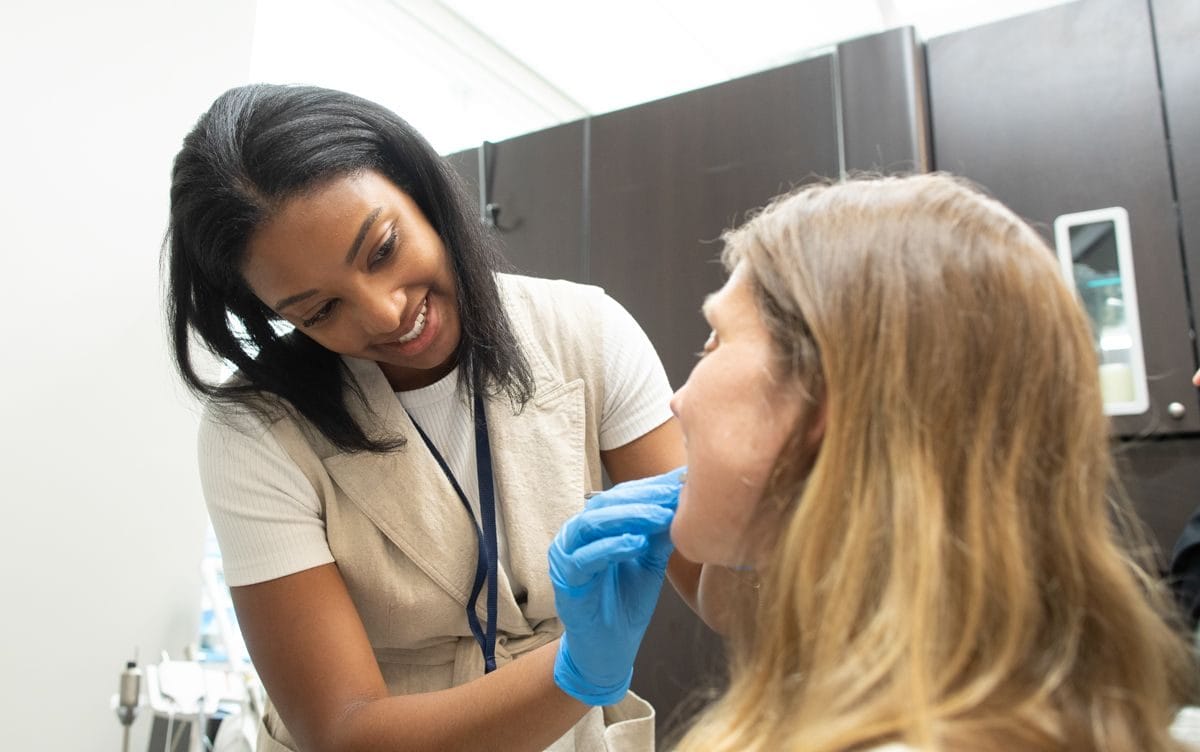- Office Hours Mon - Fri 9:00 am – 4:00 pm EST
The Dawson Academy was founded in 1979 on the premise that there is no better laboratory for determining what works in practice than the experience of a practice itself.
In the words of Dr. Dawson:
“As long as I can remember, there has been (and continues to be) a need for congruency among dental specialists regarding the diagnosis and treatment of masticatory system problems. To this end, I began the process of bringing together an interdisciplinary group of specialists who were committed to an academic orientation toward comprehensive concepts of diagnosis and treatment of the full spectrum of masticatory system problems.
In addition, that commitment extended to a willingness to combine an active teaching effort with the everyday realities of private practice. What we learned, we would share …”
From the beginning, The Dawson Academy has been dedicated to bridging the gap between academic research and the realities of clinical practice. Our curriculum is grounded in evidence-based dentistry, combining the latest scientific advancements with practical applications that improve patient care. Through hands-on courses, in-depth seminars, and real-world case studies, we help dental professionals master the complexities of diagnosis and treatment. As the dental landscape evolves, so does our approach, ensuring our students stay ahead of the curve with cutting-edge techniques and technologies.

Over the past four decades, The Dawson Academy has grown from a small educational institution into a proven global leader in dental education. With over 40,000 alumni and a community that stretches across the globe, our influence extends far beyond the classroom. Dentists and dental professionals trained in the Dawson principles have transformed their practices, providing comprehensive care that not only addresses symptoms but also treats the root causes of dental problems. From practice management consulting to hands-on dental CE, our legacy is one of continued excellence, innovation, and a commitment to improving the health and well-being of patients everywhere.
Our courses provide the tools to transform your practice, focusing on ethical, comprehensive care that delivers predictable, long-lasting results. With hands-on learning, practice consulting, and a community of like-minded professionals, you’ll gain the skills to solve even the most complex dental challenges and build a thriving practice.
ADA CERP is a service of the American Dental Association to assist dental professionals in identifying quality providers of continuing dental education. ADA CERP does not approve or endorse individual courses or instructors, nor does it imply acceptance of credit hours by boards of dentistry.
Concerns or complaints about a CE provider may be directed to the provider or to the Commission for Continuing Education Provider Recognition at ADA.org/CERP.